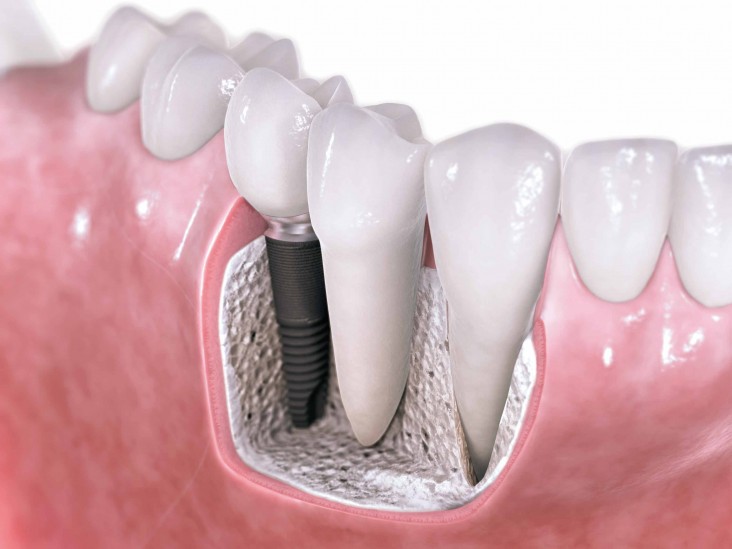Pam Harrison January 12, 2016
Capturing an individual’s weight at a single “snapshot” in time significantly and consistently underestimates mortality risk attributable to obesity because it fails to factor in high-risk, illness-related weight loss in the formerly obese, new research indicates.
The work shows that past obesity is a marker for higher death rates in the same way that former smoking can be, say the researchers.
“It’s not the case that intentional weight loss raises your risk for death,” investigator Andrew Stokes, PhD, Boston University School of Public Health, Massachusetts, told Medscape Medical News. “Rather, we found that weight losers as a group are at higher risk of dying because of illness-associated weight loss.”
“By using maximum body mass index [BMI], we were able to distinguish between low-risk individuals whose weight never exceeded the normal-weight category and higher-risk individuals who were formerly overweight or obese. This simple step shows that obesity is more dangerous than is commonly appreciated.”
The study was published online January 4 in the Proceedings of the National Academy of Sciences.
Use Maximum Lifetime BMI for Highest Mortality Risk
Together with Samuel Preston, PhD, University of Pennsylvania, Philadelphia, Dr Stokes examined the association between excess weight and mortality using data from the 1988–2010 National Health and Nutrition Examination Surveys (NHANES) that were linked to death records through 2011.
A key independent variable in their analysis was lifetime maximum BMI, based on a question in NHANES that asks respondents to recall their maximum lifetime weight, excluding weight during pregnancy. The sample was restricted to adults between 50 and 74 years of age at the time of the survey.
In total, 39% of NHANEs participants who had previously been in a higher BMI weight category had migrated down into the normal-weight category over time.
As Drs Stokes and Preston point out, this is a large volume of individuals and this downward flow from higher BMI classes to the normal-weight category clearly has the capacity to change survival outcomes of the normal-weight class.
They then compared the effect on all-cause mortality risk of using participants’ BMI at the time of the survey only (model 1) with the effect that maximum lifetime BMI had on all-cause mortality risk (model 2)
“In both models, each higher BMI category above the normal-weight category carried with it succeedingly higher mortality,” they point out.
“However, the degree of excess mortality associated with a particular BMI category was higher when that category referred to maximum weight rather than survey weight.”
When maximum weight was used instead of the one-time snapshot of participants’ BMI, the risks associated with overweight increased from 10% to 19% while for those in obese class I, mortality risk increased from 47% to 65% and for those in obese class II, mortality risk increased from 72% to 149%.
|
Hazard Ratios for All-Cause Mortality According to BMI at Survey vs Maximum Lifetime BMI |
|||
|
BMI category |
Model 1: Survey BMI (Estimated HR) |
Model 2: Maximum lifetime BMI (Estimated HR) |
|
|
Normal weight |
1.00 |
1.00 |
|
|
Overweight |
1.10 |
1.19 |
|
|
Obese class 1 (30-34.9 kg/m2) |
1.47 |
1.65 |
|
|
Obese class II (≥35 kg/m2) |
1.72 |
2.49 |
|
|
Further Findings: Consider Past Weight The authors also calculated hazard ratios for mortality using two other models that combined data on weight at the time of the survey and maximum weight. In these, they differentiated between individuals who were at their maximum weight at the time of survey and those who were below their maximum weight at the time of survey. Results showed that people who lost weight were at a greater risk of dying than those who remained in the higher weight class they had previously occupied. Drs Stokes and Preston also examined the prevalence of diabetes and cardiovascular disease among participants. For both conditions, people who had moved to a lower BMI class had a higher prevalence of both diseases than those who remained in a higher BMI class. “The high prevalence of both diabetes and CVD among people moving to lower BMI classes demonstrates that weight loss is often associated with illness,” the authors emphasize. “An analogy to smoking makes it clear why it’s important to consider past as well as present weight when studying the effects of obesity on mortality,” Dr. Stokes explained. “If you were to compare smokers and nonsmokers, you might arrive at the conclusion that smoking is beneficial and the reason is that the nonsmoking group may include a large number of former smokers whose mortality risk is elevated,” he added. To avoid this bias, Dr. Stokes points out that studies investigating the effects of smoking on death rates have long distinguished between nonsmokers who never smoked and former smokers (nonsmokers who smoked in the past and quit). “Surprisingly, this distinction is rarely made in studies on obesity,” he observed. “And as a result, the effects of obesity on mortality have been consistently underestimated.” Neither Dr Stokes nor Dr Preston had relevant financial relationships. Proc Natl Acad Sci USA. Published online January 4, 2016. Abstract |
|||


